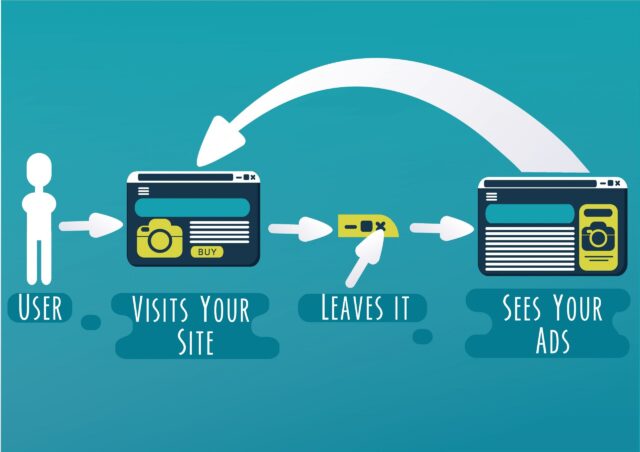It stands to reason that a business owner would do everything in his power to market his business, right? Of course. So when certain marketing tools are left on the table, it’s puzzling. Take ecommerce marketing. There are a number of particularly useful tools that are often ignored by business owners. Including them in an ecommerce marketing strategy can make an enormous difference.
All three tools are described below. They are part of the toolbox at Webtek Digital Marketing in Salt Lake City, UT and Austin, TX. Webtek offers a complete selection of digital marketing, SEO, ecommerce, and web development services.
1. Content Marketing

Content marketing is all the rage right now among SEO experts. For some reason though, ecommerce operators tend to shy away from it. The Webtek team says that content marketing is not limited to specific industries. It works well for any industry – including ecommerce.
The main premise behind content marketing is to intentionally create and publish content that delivers a targeted marketing message to a targeted audience. We generally think of written content – think blog posts and guest posts here – when content marketing comes up. But content can be anything from written text, memes and videos to infographics and podcasts.
Making use of content marketing for ecommerce is all about choosing the right channels. An ecommerce operator should put marketing content on their own website. Content can also be produced for other sites, with links back to the ecommerce site.
2. User Generated Content

User generated content (UGC) could very well be the most underutilized ecommerce marketing tool of all. UGC is exactly what its name implies: content created by users and published by website owners. The most visible example is a product review put together by a customer.
This sort of content should be published on e-commerce websites, social media channels, and just about any other sites that accept product reviews. Just note that UGC isn’t limited to product reviews alone. It can include everything from how-to guides to demonstration videos and FAQ pages.
UGC works because consumers are more trusting of other users than company marketing information. There is just one caveat here: UGC needs to be genuine. If an ecommerce operator makes it up, consumers will figure it out.
3. PPC Retargeting

Pay-per-click (PPC) advertising can be a hard sell to ecommerce operators. But if an operator decides to embrace PPC, one of the best ways to utilize it is with a retargeting strategy. Webtek explains that retargeting is the practice of publishing ads that will only be displayed in the browsers of customers who have already visited the operator’s website.
Retargeting is based on the principle of marketing to qualified leads. Returning customers are qualified leads by default. Guess what? They are also statistically more likely to make a purchase. That is what makes retargeting so effective.
There is an added benefit to retargeting: it makes click fraud harder to perpetrate. Click fraud is the practice of fraudulently clicking on links without any intention to visit the linked site or buy anything. It is often done by rogue ad publishers for the sole purpose of driving up advertiser charges.
Ecommerce marketing is a different kind of marketing that requires some specialized knowledge and skill. Still, it utilizes many of the same tools that non-ecommerce marketing relies on. Those tools include content marketing, user generated content, and PPC retargeting.
Use the right tools and ecommerce marketing should produce demonstrable results. Ignore the best tools on the table and your marketing efforts will not be as effective as they could be.







